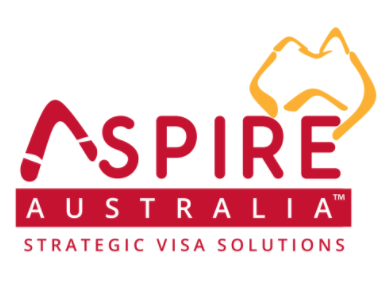Do you need to hire someone who has a unique set of skills – but they aren’t an Australian resident?
Every year, thousands of Australian businesses employ international skilled workers (who are either onshore or offshore) to fill skills gaps in their company.
But sometimes you feel like you need superpowers to navigate the process.
Luckily, we’re Migration SuperHeroes, and we are here to help you find your way!
There are many different pathways you can take to fill skills gaps within your business.
If you’re not sure where to start, start here.
Recruitment
The best time to start considering if you need to hire an international worker is in the recruitment process.
Remember, these visa pathways have been developed to fill skills gaps within the Australian economy: there is often a requirement to prove that your only option is to hire an international resident.
Your role must also align with an occupation on one of Australia’s skills lists. Before you start recruitment, it’s a good idea to have a look at those skills lists.
If your role is on one of the lists, this may open up the door to you seeking out an international worker.
Australia’s employer-sponsored visa programmes are underpinned by three lists. They indicate which occupations are in shortage in different parts of the country and therefore which visas are available:
- MLTSSL – Medium and Long Term Strategic Skills List
- STSOL – Short-term Skilled Occupation List
- ROL – Regional Occupation List
Access the occupation lists at the Department of Home Affairs website.
Choosing the right pathway
Have you already found your ideal candidate? Let’s take the next step.
It’s time to start considering which visa pathway will be best for your business and your candidate.
- How long do you want the candidate to stay – short or long term?
- Is your business or role in regional Australia?
- What is the age of your candidate?
- Is your candidate onshore or offshore?
- When do you want them to start?
- Do they have any other visa considerations? These may affect your planned timeline.
Once you’ve got answers to these questions, you can explore which pathway suits you and your candidate.
Right now, in Australia, employers can access the following options:
- The temporary 482 visa programme
- The permanent 186 Employer Nomination Scheme
- The permanent 187 Regional Sponsored Migration Scheme (closing on 16 November 2019)
- The new temporary Skilled Employer Sponsored Regional (Provisional) visa (available from 16 November 2019)
To learn more about choosing the best employer-sponsorship pathway for your business, read our guidebook: Choosing the right employer sponsorship option for your business.
You will find a helpful visa comparison table where you can easily see the different criteria for each option, and learn more about the ins and outs of the process.
Where to get advice
A refusal can have major implications for your business operations. Getting advice before you start is the most important part of the entire process. It lays the foundation for future success.
When it comes to Australian migration processes, you need time, and patience. When your hope falters, you need someone to be there for you.
That person is a registered migration agent.
Migration agents provide advice, prepare applications and liaise with the Department of Home Affairs on your behalf.
With over 4000 registered migration agents to choose from, finding someone you can trust through the entire process can be daunting.
Remember, any mistake can be costly.
You need someone who can stay the course, keep the momentum and who doesn’t settle for anything less than an approval-ready application.
At Aspire Australia, you will get open, honest feedback on what will work and what won’t. We are sticklers for the rules, but that is what gets results.
Positive results.
Download your guidebook
Choosing the right employer sponsorship option for your business and receive bonus material that will walk you through the sponsorship process, step-by-step.
- Compare employer sponsored visa pathways
- Understand the criteria that apply to you
- Discover the costs and timeline
- Learn how a migration agent can help









